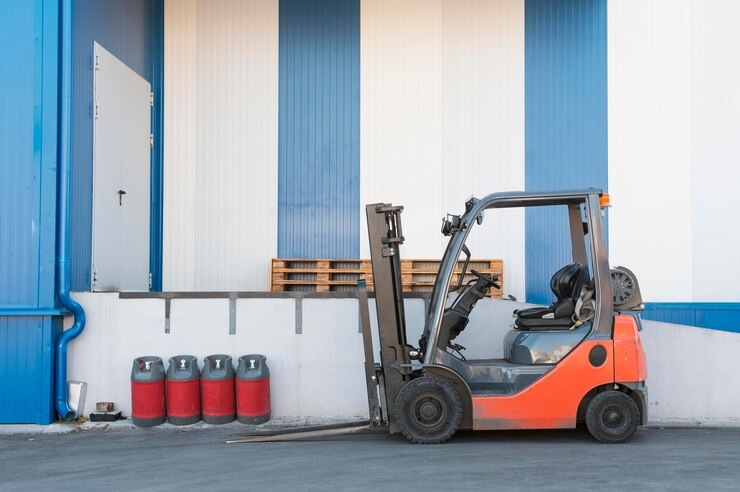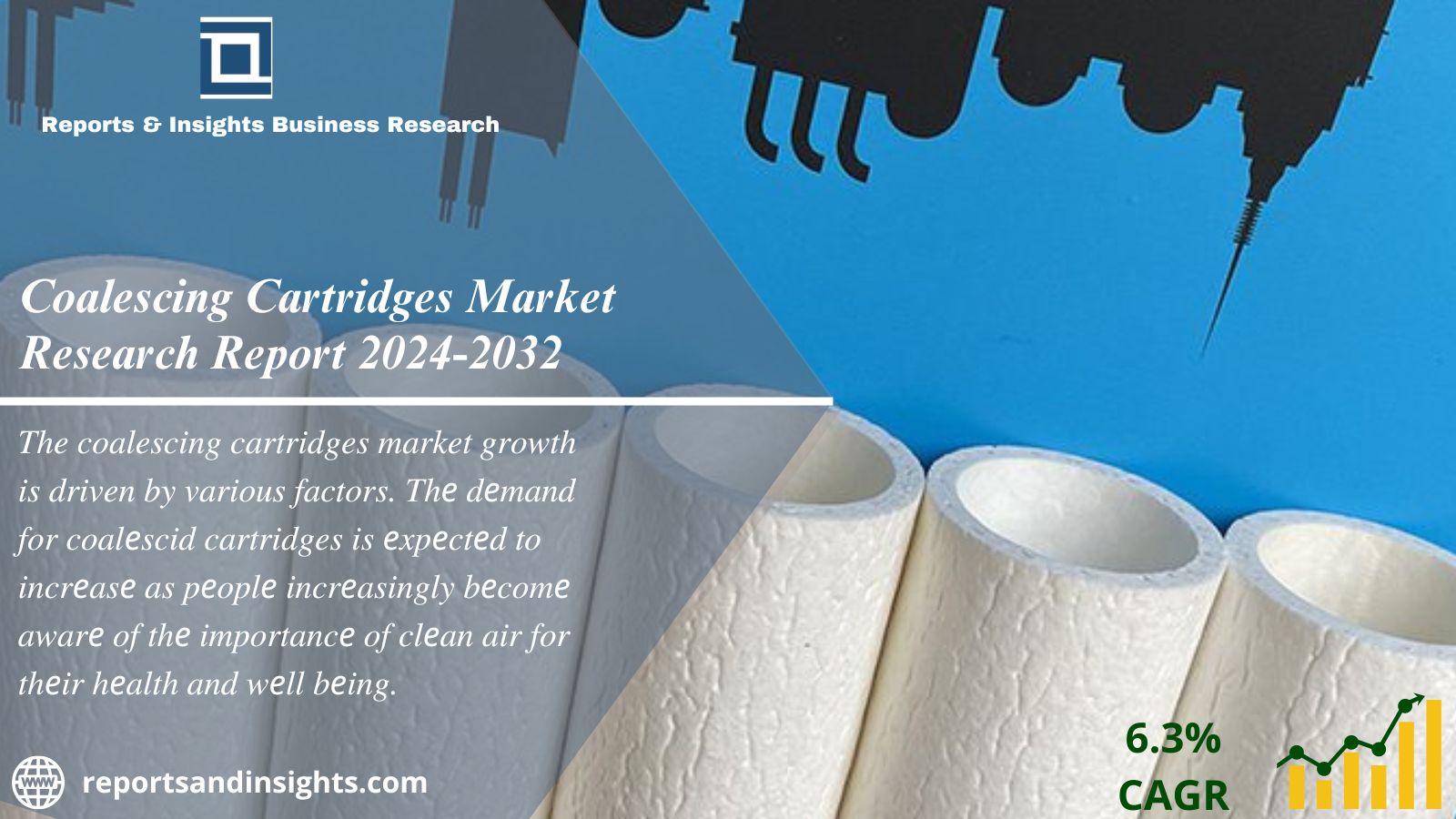Efficient warehouses are vital cogs in the business machine, ensuring smooth operations. Material handling equipment rental service (MHE) plays a pivotal role within these spaces. MHE comprises tools and machinery necessary for moving, storing and managing goods, such as turret picker, articulated forklift, tow truck, and BOPT among others.
Increasing cost of land forces companies to have warehouses of higher heights, and having MHEs capable of working at higher heights with utmost safety becomes of prime importance, while opting for warehouse operations.
MHE transforms warehouses into organised hubs, optimising processes and ensuring smooth material movement. Its significance lies in enhancing productivity and maintaining the flow of goods, turning warehouses into highly efficient centres of operation.
What is Material Handling Equipment (MHE)?
Material Handling Equipment (MHE) is the powerhouse behind warehouse operations. Its primary job? Making sure goods are moved, stored, and managed well. These advanced solutions contribute to the seamless movement, control, and storage of materials, elevating efficiency within facilities.
Below are various types of specialised Material Handling Equipment:
1.Articulated Forklifts:
Function: Designed with a unique articulating joint for enhanced maneuverability in tight spaces.
Usage: Ideal for navigating narrow aisles in warehouses and efficiently lifting and placing loads.
2.Reach Trucks:
Function: Equipped with extended forks for lifting materials to greater heights.
Usage: Suited for high-rack storage systems in warehouses, providing vertical access to materials.
3.Battery-Operated Pallet Trucks:
Function: Electrically powered for seamless movement of palletized goods at ground level.
Usage: Efficient for quick and precise material transport within confined spaces.
4.Turret Pickers:
Function: Designed with a rotating turret system for accessing materials in high-density storage.
Usage: Optimises vertical space utilisation, making them ideal for high-bay warehousing.
What Is the Importance of MHE in Warehouse Efficiency?
Below are reasons that underline the importance of MHE in making warehouses more efficient:
Boosted Productivity: With the right forklift with operator, work moves fast, meaning that you can do more in less time.
Worker Safety: With machines doing the heavy lifting, it is safer for the folks working in the warehouse.
Smart Space Use: MHE helps fit more material into the warehouse vertically with the same floor space.
Savings Down the Road: Even though at first they cost highly, their efficiency helps save a bunch in the long run.
Benefits of Specialized Material Handling Equipment:
Precision and Flexibility: Articulated forklifts and reach trucks offer precise maneuvering, allowing for efficient material handling in confined areas.
Increased Vertical Reach: Reach trucks excel in accessing materials at greater heights, maximizing storage space in warehouses.
Efficient Electric Power: Battery-operated pallet trucks provide an eco-friendly and efficient solution for ground-level material transport.
High-Density Storage Optimization: Turret pickers maximise vertical storage space, contributing to efficient storage solutions in warehouses.
What Are The Technological Advancements in MHE?
From enhanced vertical movement capabilities to the integration of IoT sensors and advanced safety devices, the latest developments in MHE technology are shaping more efficient, safer, and smarter material handling practices.
1. Vertical Movement Capabilities:
Advancement: MHE with improved vertical movement capabilities, such as higher lifting capacities and increased vertical reach.
Benefits: Enables efficient utilization of vertical storage space, reducing the footprint required for storage and enhancing warehouse efficiency.
2. Narrow Aisle Equipment:
Advancement: Development of narrow aisle equipment, including specialized forklifts and reach trucks designed to navigate tight spaces.
Benefits: Optimizes warehouse layout, allowing for increased storage capacity and streamlined material movement in confined areas.
3. IoT Sensors and Connectivity:
Advancement: Integration of IoT sensors for real-time monitoring and data collection.
Benefits: Enables predictive maintenance, asset tracking, and performance analytics, enhancing overall equipment efficiency and reducing downtime.
4. Cameras and Vision Systems:
Advancement: Incorporation of advanced camera and vision systems for improved visibility and object detection.
Benefits: Enhances operator visibility, reduces the risk of collisions, and contributes to safer material handling practices.
5. Safety Devices:
Advancement: Implementation of state-of-the-art safety devices, including proximity sensors, collision avoidance systems, and automated emergency braking.
Benefits: Mitigates the risk of accidents, promotes a safer working environment, and protects both personnel and equipment.
6. Fleet Management Systems:
Advancement: Development of sophisticated fleet management systems for comprehensive control and optimization of material handling fleets.
Benefits: Enables better coordination of equipment, improves workflow efficiency, and provides insights for strategic decision-making.
7. Asset Management Solutions:
Advancement: Adoption of asset management solutions utilizing RFID and GPS technologies.
Benefits: Facilitates accurate tracking and management of MHE assets, reduces the risk of loss or theft, and enhances overall inventory control.
Customisation and Adaptability of MHE
Below is how MHE is adaptable and customisable:
Tailored Solutions: MHE can be customised to fit specific warehouse needs, such as being used in multi shift operations as per need, and attachments being added to machinery as per need.
Flexibility and Scalability: As businesses upscale, MHEs can also be upscaled. The use of these tools can be expanded with growing businesses to accommodate increased demands without strain.
Environmental Impact of MHE
MHE epitomises eco-friendliness in the many ways given below:
Electric Forklifts: These champs produce fewer emissions, making them more environmentally friendly. They are like the eco-warriors of the warehouse, doing their bit for the planet.
Continuous Improvement and Future Trends
Below are the continuous improvements spotted in MHE and some future trends as well:
Constant Upgrades: The adoption of narrow aisle equipment allows businesses to implement high-density storage systems, such as selective racking, double-deep racking, or even automated storage and retrieval systems (AS/RS).
Smart Solutions: The future of MHE is all about Smart systems. Imagine machines that do not only move goods but also predict needs, making warehouses proactive and super-efficient.
Sustainable Innovations: Environmental consciousness is the way forward. The next-generation MHE will likely focus more on eco-friendly solutions and reducing carbon footprints while maintaining top-notch efficiency.
Collaboration with AI: AI integration might be the next big thing. Machines that learn, adapt, and optimise operations without human intervention are the way forward. It is a future where technology runs warehouses seamlessly.
MHE is not just about lifting and moving. It is a world of innovation, constantly shaping the future of warehouse efficiency. As technology evolves, so does the warehouse’s efficiency, safety, and sustainability.
Conclusion
Material Handling Equipment (MHE) is crucial for efficient warehouses. It helps things move better, keeps workers safe, and uses space wisely.
MHE is essential because:
1. Gets More Done: Makes work faster.
2. Keeps People Safe: Handles heavy tasks, reducing risks.
3. Uses Space Well: Keeps things organised without crowding.
4. Cuts Mistakes: Makes managing inventory easier.
5. Saves Money: Although it costs highly at first, in the long run, it does save money.
To keep warehouses efficient, they must keep up with new technology to ensure they stay efficient, safe, and eco-friendly in the future. Adapting to new tech means warehouses can continue being effective hubs of operation.





